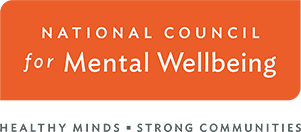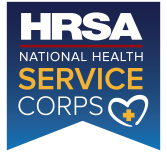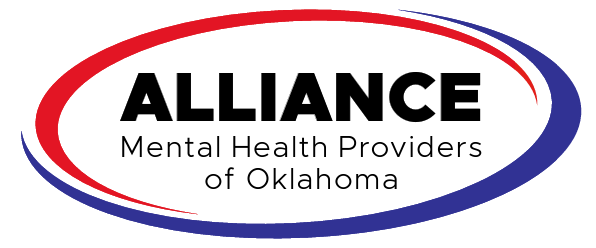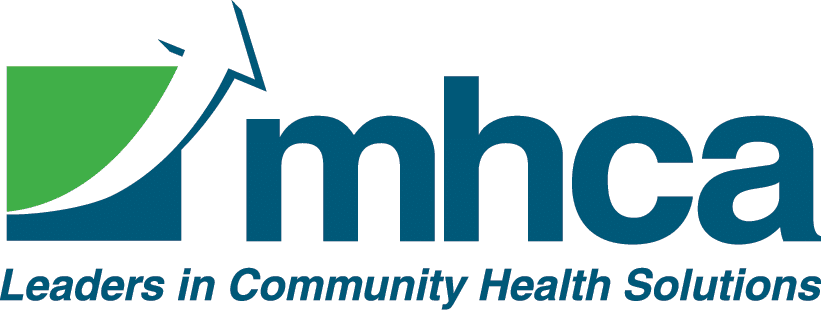CCBHC Oklahoma
What is a CCBHC | Certified Community Behavioral Health Centers in Oklahoma
The Excellence in Mental Health and Addiction Act demonstration established a federal definition and criteria for Certified Community Behavioral Health Clinics (CCBHCs). These entities, a new provider type in Medicaid, are designed to provide a comprehensive range of mental health and substance use disorder services to vulnerable individuals. CCBHCs are non-profit organizations or units of local government behavioral health authority. They must provide (or contract with partner organizations to provide) nine types of services, with emphasis on 24-hour crisis care, evidence-based practices, care coordination with local primary care and hospital partners, and integration with physical health care.
Click here for more information about CCBHCs from the National Council for Mental Wellbeing.
Before CCBHC
- Mary is hearing voices and doesn’t know where to get help, so she turns to opioids to help dull the problem.
- Mary develops an opioid addiction and overdoses. Emergency responders are called.
- Mary is revived with naloxone and discharged from the hospital with a referral to a community provider.
- Mary attends the appointment, but the provider cannot issue a prescription for MAT and makes a referral to a MAT clinic two hours away where she can receive the needed prescription.
- Mary gets worse and never makes it to her MAT clinic. She resumes opioid use and begins drinking alcohol.
- Mary causes a public disturbance while intoxicated and experiencing a mental health crisis. The police are called and Mary spends the night in jail detoxing.
- Mary is released from jail the next day and referred for substance abuse use disorder (SUD) services, but there is a six-week wait for an appointment.
- Mary continues a dangerous downward spiral, prompting continued interaction with law enforcement and ED professionals.
After CCBHC
- Mary is hearing voices and doesn’t know where to get help, so she turns to opioids to help dull the problem.
- Mary is contacted by a care coordinator working with the hospital and the local CCBHC as part of routine community outreach to opioid users.
- Outreach worker schedules a same day appointment for Mary at the CCBHC.
- Mary is transported to the CCBHC, where MAT is prescribed and administered immediately.
- The CCBHC also conducts a mental health screening, which determines Mary is experiencing a first episode of psychosis. A psychiatric treatment plan is developed and a care team is assembled with follow-up plan in place
- Mary’s outreach manager ensures she has what she needs to attend appointments (transportation, access at convenient times, etc.) and maintain her treatment plan
- Mary is stabilized and maintains her treatment plan and no longer requires urgent or high intensity services.
There is hope.
There is hope, even when your brain tells you there isn’t.
–John Green
+
Affiliated With




